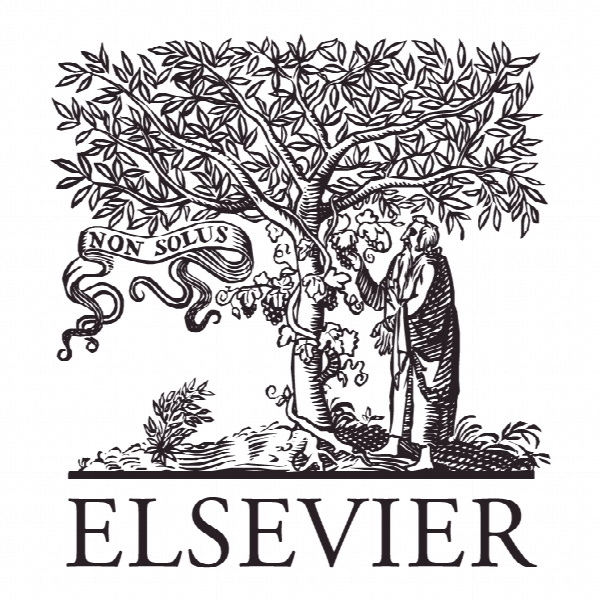مزیت تمرکززدایی افقی در تهیه کالای بادوام The benefit of horizontal decentralization in durable good procurement
- نوع فایل : کتاب
- زبان : انگلیسی
- ناشر : Elsevier
- چاپ و سال / کشور: 2018
توضیحات
رشته های مرتبط مدیریت
گرایش های مرتبط مدیریت کسب و کار
مجله امگا – Omega
دانشگاه Contemporary Business and Trade Research Center – Zhejiang Gongshang University – China
منتشر شده در نشریه الزویر
گرایش های مرتبط مدیریت کسب و کار
مجله امگا – Omega
دانشگاه Contemporary Business and Trade Research Center – Zhejiang Gongshang University – China
منتشر شده در نشریه الزویر
Description
1. Introduction According to a latest KPMG survey, procurement amounts to 40%−80% of the total cost for most firms, and it continues to be a critical function in firms’ strategic management [28]. In particular, the firms are oftentimes faced with the strategic choice between centralization versus decentralization for the procurement function. With procurement centralization, a firm’s central planner (e.g., the headquarters) makes procurement decisions to maximize the performance of the whole firm. In decentralization, the firm’s divisions (or subsidiaries) are allowed to make their procurement decisions to maximize their own interests. Although more and more firms have given priority to centralized procurement in recent years, a KPMG/Economist Intelligence Unit survey [29] suggested that nearly half of the firms still adopted decentralized procurement. Conventional wisdom indicates that centralized procurement is more efficient due to its ability to establish a unified front and enhance firm’s bargaining power with suppliers. In this paper, we prove a novel view that when procuring durable goods, a firm can actually improve profitability through decentralization. To be more specific, a horizontally decentralized firm where each of its divisions seeks to maximize its own profit can help mitigate the classic time-inconsistency problem in durable goods procurement [15]. This time-inconsistency problem arises from a durable goods seller’s incentive for lowering price and selling additional units after the initial quantities have been sold. Such a drop in price will reduce consumers’ hold-up value. In other words, the value of the product purchased by early consumers will decrease over time. Thus, consumers’ willingness to pay for durable goods is affected adversely because of the seller’s inherent incentive to lower prices in the future. The time-inconsistency problem is first recognized by Coase [15], and later formalized by Bulow [13], where they conjectured that a monopolist’s changing pricing incentives over time would force it to lower prices and finally lose the monopoly power. Surprisingly, this research shows that this time-inconsistency problem can be addressed when a firm with multiple horizontal divisions engages in decentralized procurement.


